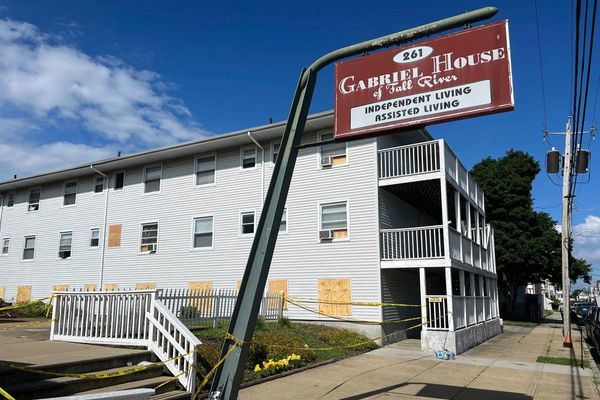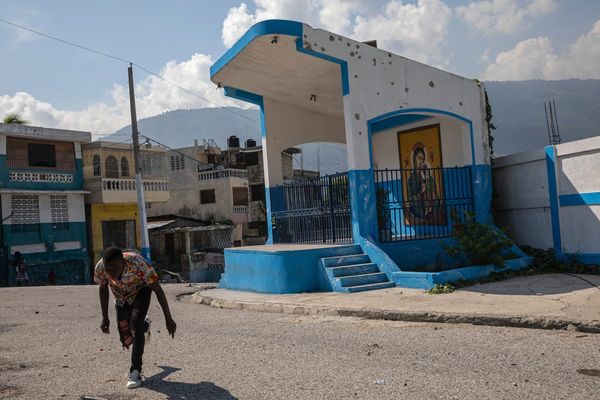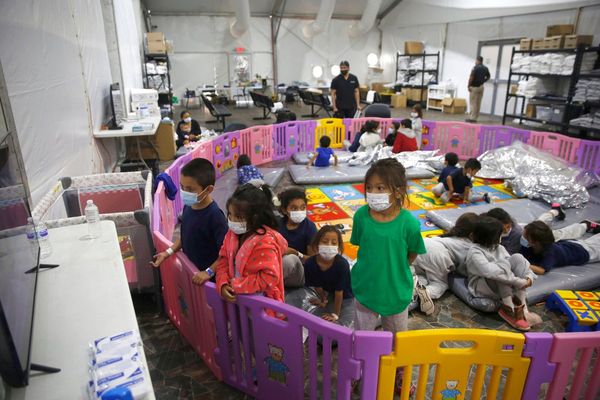The former US Secretary of State Henry Kissinger has died at the age of 100.
Kissinger, famous for shaping US foreign policy during the Cold War, died on Wednesday, November 29.
Mr Kissinger served as America's top diplomat and national security adviser during the Nixon and Ford administrations. Despite leaving office in the 70s, he continued to play a pivotal part in US politics and was often consulted on issues by leaders later in life.
Kissinger Associates, the policy consultancy he founded, announced his passing but did not give a cause of death.
Here is everything we know about him:
Henry Kissinger's early life
He was born in Germany in 1923, the son of school teachers.
He and his Jewish family fled Nazi Germany in 1938 before World War Two began and headed to America.
Kissinger and his family became US citizens in 1943 and it is said that he excelled at school.
He went on to serve for three years in the US Army and later in the Counter Intelligence Corps.
Following his national service, he earned bachelor's and master's degrees and a PhD, before turning his hand to schooling — just like his parents.
He taught international relations at Harvard and in 1969, then-US President Richard Nixon appointed him national security adviser. This gave Kissinger enormous sway over US foreign policy.
Henry Kissinger's political life
Kissinger was a trusted adviser in the Nixon era. It has been reported that his first-hand experience as a Jewish refugee shaped the way he thought.
He served as a consultant on security matters to various US agencies from 1955 to 1968. This spanned the administrations of Dwight D. Eisenhower, John F. Kennedy, and Lyndon B. Johnson.
He later became the US Secretary of State, shaping US foreign policy from 1969 to 1976, and served under presidents Nixon and Gerald Ford
Kissinger's work in office
Kissinger was renowned for his "flexible" approach in tackling tough political situations. Notably, he worked diplomatically on issues surrounding China, the Soviet Union, Vietnam, and the Middle East.
He boosted better relations with the Soviet Union, known as detente, or the relaxation of strained relations, especially political ones, through verbal communication. This led to Strategic Arms Limitation Talks (SALT) in 1969, curtailing the manufacture of strategic missiles capable of carrying nuclear weapons.
In terms of his work in Vietnam, Kissinger originally advocated a hard-line policy and pushed for the US bombing of Cambodia. However, he later played a key role in peace talks. He also pushed for the disengagement of US troops from South Vietnam and their replacement by South Vietnamese forces.
Accolades and controversies
In 1973, he was jointly awarded the Nobel Peace Prize alongside another man — Le Duc Tho from North Vietnam. This was for the role he played in negotiating a peaceful settlement of the Vietnam War.
But to his many critics, Mr Kissinger was a “war criminal” whose hard-nosed “realpolitik” vision of the world turned a blind eye to the excesses of bloodthirsty right-wing dictatorships in Chile, Argentina and Indonesia among others.
The Nobel prize was hugely controversial, with the Nixon administration having carpet-bombed neutral Cambodia and Laos to put pressure on the supply lines of Vietnam’s communist forces.
Cambodia lurched into a civil war that led to victory for the genocidal Khmer Rouge regime, which slaughtered up to two million people.
A huge effigy of Kissinger was erected outside the Royal Albert Hall by the Get Kissinger Group. Members planned to hold a mock trial accusing him of being a war criminal when he visited London in 2002.
Human rights campaigner Peter Tatchell lost a legal bid to have Kissinger arrested under the Geneva Convention. In his later years, his travels were limited by pressure in Britain and other countries to hold him to account for his alleged wrongdoing.
Henry Kissinger's family life
Kissinger was married twice — first to Ann Fleischer from 1949 to 1964. The pair had two children, Elizabeth and David.
The reason for their eventual split was never made public but it was said to be amicable. Fleischer remarried a doctor named Saul Cohen, who later died from heart failure at the age of 93.
In March 1974, Kissinger also later remarried — his new wife was Nancy Maginnes. The pair met while he was a professor at Harvard and she was a student.
Before their marriage, Maginnes worked as a long-time aide to New York Governor Nelson Rockefeller, after she was recommended by Kissinger in 1964.







